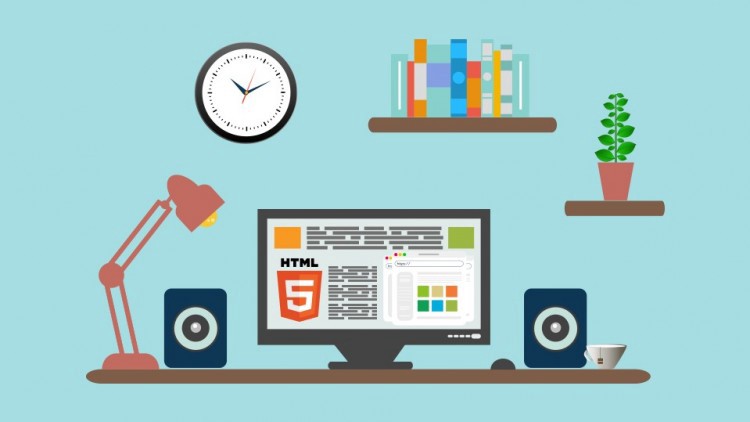Finally, decided to build your personal website? The first thing to consider is the web host. The reason for thinking about a web host is simple, we don’t have the luxury to keep servers at our homes or most offices. A web hosting provider saves you from the cost and hassle of building and managing a server. You choose a web host and you can use their server according to your needs. Just like any other service provider, there are multiple web hosting providers in the industry and it’s not easy to choose the perfect one. Some web hosting providers are way too cheap to feel genuine and some may seem way too expensive. So, obviously, there are steps and things to consider while choosing a web host for your website.
While choosing a web host, you’ll be hit with a plethora of technical terms that most users fail to understand. In this guide, we’ll help you choose the right web hosting provider for your website.
Things to Consider While Choosing a Web Host
1. Price
Obviously, price is the first and foremost concern while choosing a web host. With a simple Google search, you’ll find an endless list of web hosting providers. Cheap doesn’t necessarily mean a bad option, and expensive doesn’t always mean the best service. Go through the reviews of each web hosting provider to get an idea of the type of service they offer. $2 per month may feel affordable, but the services they offer can be bad. It is essential that you do as much research as possible while choosing a web host so you don’t end up spending your money on the wrong provider. Make sure to check what you’ll have to pay after 1 year as most providers offer 1 first-year signup discount.
2. Webspace
The second thing that you should consider while choosing a web host is the space you need for your website. The space on your website isn’t like the space you get on your hard drive. If you’re planning to build a blog website, then you don’t require much space, but if you plan to post videos and photos on your blog then you need significant space. On average, you need 20 GB of space for your website.
Videos and photos consume the most webspace, so to save space you can upload videos on YouTube and provide a link to the same video on your website.
3. Data Transfer, Visitors & Traffic
The third thing to consider is the data transfer speed and how many visitors the website can handle. To understand that, consider mobile data usage. If you run out of data on your smartphone, then you need to pay extra to get more data. The same applies to your website’s capability of handling visitors.
If your website is only capable of handling traffic of 10,000, then the moment your website goes over 10,000 visitors you’ll have to pay to be able to handle more traffic. As a general rule of thumb, you should focus on choosing unlimited traffic, most of the time it’ll be cheap as most web hosting providers think that most websites don’t get that much traffic.
4. Domains Included
Whether or not a web hosting provider offers domains is an important factor. A domain is like the address of your website, using this address users will be able to reach your website. For most users, just one domain is enough. If the web hosting provider that you choose offers more than one domain then you can save your address with different extensions.
Let’s say if you use .com, then you should also get .net or extensions that are specific to the country. If your web hosting provider doesn’t offer any domains then you’ll have to order them separately.
5. MySQL Databases & PHP
This is where it gets confusing for most users. PHP is a programming language that’s used to build web applications such as WordPress. So the server you use should be able to understand this language.
For WordPress and other web apps, MySQL is required. Such databases should be available in your web hosting package for your website to operate perfectly.

